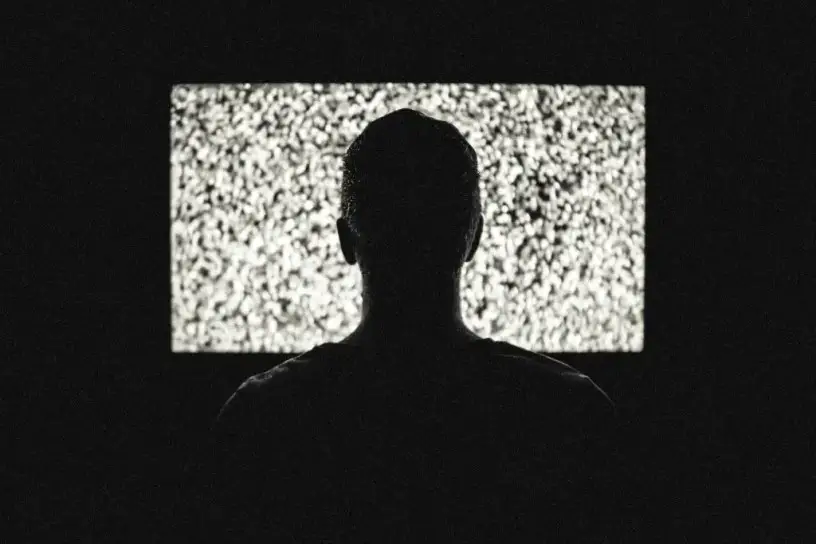
By Phillip Swann
TV Answer Man, @tvanswerman
TV Answer Man, I am sick and tired of Major League Baseball blackouts of our local teams. In my area of Las Vegas, there are about five teams I can’t watch. It makes no sense!! Can you give us a rundown on the VPN technology that can beat the blackouts? Legal, not legal? How to add one to your network, etc. Help! — Tony, Las Vegas.
Tony, with the Major League Baseball season starting today (March 30), fan frustration over in-market blackouts on MLB TV is boiling over. You pay $149.99 for the package and you can’t even watch your home team! And in some markets, such as Las Vegas, there are multiple teams blacked out. There’s even a blackout of the San Francisco Giants and Oakland A’s in Guam!
The Virtual Private Network can beat the blackouts, but there are a number of questions regarding its legality, not to mention how to install one. Let me try here to put those questions to bed.
Legal? Ethical?
You can avoid in-market blackouts on MLB TV by using a VPN, which is a software that you can download that enables you to use an IP address different from your own.
For instance, if you live in Scottsdale, Arizona, you could insert an IP address supplied by the VPN company that would say you live in Denmark. Then, you could subscribe to the MLB.TV online package and watch the Arizona Diamondbacks on Bally Sports Arizona because the the IP address wouldn’t say Scottsdale.
A year ago, I asked a MLB spokesperson three questions regarding VPNs and MLB.TV:
1. Is MLB opposed to the use of VPNs to watch MLB.TV?
2. Has MLB ever sued a MLB TV subscriber for using a VPN?
3. Has MLB ever sought criminal charges against a MLB TV subscriber for using a VPN?
After four separate inquiries over a week, the spokesperson finally answered:
1. No comment.
2. No.
3. No.
For the first time, MLB acknowledged it had never tried to sue or prosecute anyone for VPN use and the league didn’t even have a position on whether it opposes the use of VPNs.

This certainly runs counter to the public perception that MLB is trying to crack down on VPN use and is prepared to use the courts when necessary. This is not to suggest that MLB is saying you should use a VPN. (The pay TV services that pay handsomely to carry regional sports channels wouldn’t appreciate that. If everyone used a VPN for MLB TV, they wouldn’t need to subscribe to the pay TV services.) But the league certainly isn’t telling you not to use a VPN.
In the past when addressing this topic, I’ve noted there’s also an ethical question here. By using a VPN, you are clearly attempting to “circumvent” a blackout restriction, which is against the MLB TV rules. But the league’s current neutral stance on VPN use would seem to soften that concern.
Before you start searching for a VPN, however, allow me to caution that I am not an attorney, and this article does not constitute legal advice in any way, shape or form. But I think this new information is very valuable to cord-cutters anxious to watch their home team during the 2023 season.
Installing a VPN
Virtual Private Networks, commonly known as VPNs, have become an essential tool for ensuring online privacy and security. VPNs allow you to connect to the internet securely by encrypting your internet traffic and hiding your IP address. This makes it difficult for anyone to track your online activity or access your personal data. In this article, we will guide you on how to install a VPN on your home internet network.
Click Amazon: Today’s Deals of the Day.
Step 1: Choose a VPN provider The first step in installing a VPN on your home network is to choose a VPN provider that suits your needs. There are many VPN providers available in the market, and you need to do your research to find the best one for you. Some of the things to consider when choosing a VPN provider include their privacy policy, server locations, connection speed, and compatibility with your devices.
Step 2: Subscribe to the VPN service Once you have chosen a VPN provider, the next step is to subscribe to their service. Most VPN providers offer different subscription plans, so choose the one that suits your budget and needs. After subscribing, you will receive an email with instructions on how to download and install the VPN software.
Step 3: Download and install the VPN software After subscribing to the VPN service, the next step is to download and install the VPN software on your devices. Most VPN providers offer software for various platforms, including Windows, macOS, iOS, and Android. You can download the software from the VPN provider’s website or app store.
Click Amazon: Today’s Deals of the Day.
Step 4: Configure the VPN software After installing the VPN software, the next step is to configure it. Open the VPN software and enter your login credentials. You will also need to select the server location you want to connect to. Choose a server location that is nearest to you for faster connection speed.
Step 5: Connect to the VPN server After configuring the VPN software, the final step is to connect to the VPN server. Click on the connect button, and the VPN software will establish a secure connection with the server. You can now browse the internet securely and anonymously.
Step 6: Configure your home router (optional) If you want to protect all devices connected to your home network, you can configure your home router to use the VPN connection. To do this, you will need to log in to your router’s configuration page and enter the VPN server details. You can find the VPN server details on your VPN provider’s website or support page.
Click Amazon: Today’s Deals of the Day.
In conclusion, installing a VPN on your home internet network is a simple process that can be done in a few steps. By following the steps outlined in this article, you can protect your online privacy and security and browse the internet anonymously.
Tony, hope this article was helpful. Happy viewing and stay safe!
Have a question about new TV technologies? Send it to The TV Answer Man at swann@tvanswerman.com Please include your first name and hometown in your message.
— Phillip Swann
@tvanswerman


Phil – you better
Read this: https://reason.com/2023/03/29/could-the-restrict-act-criminalize-the-use-of-vpns/
Rumors.
It is important to understand that just because MLB has not sued a subscriber for using VPN does not mean they will never do it in the future.
The following is strictly hypothetical *winks
Swanni,
I’ve been using Nord VPN (an ad in one of your posts) which worked on Firestick last season for MLBTV but not so far this year. I’m an AppleTV guy but there’s no VPNs for it. My ios & android mobile devices work to get past blackouts but not the Firestick 4K.
This may be in the weeds but would MLB be so devious as to just mess with non-mobile platforms, Smart TVs & streaming devices? For now,it’s casting from my iPad but what a pain! Let us know if you get any intel on MLB & VPNs. Hypothetically speaking, that is….
Cordially,
Keith